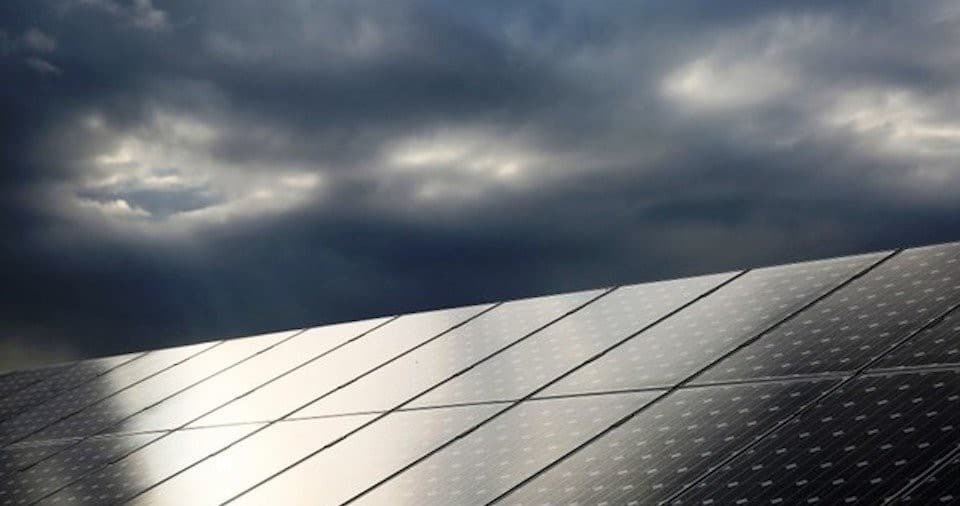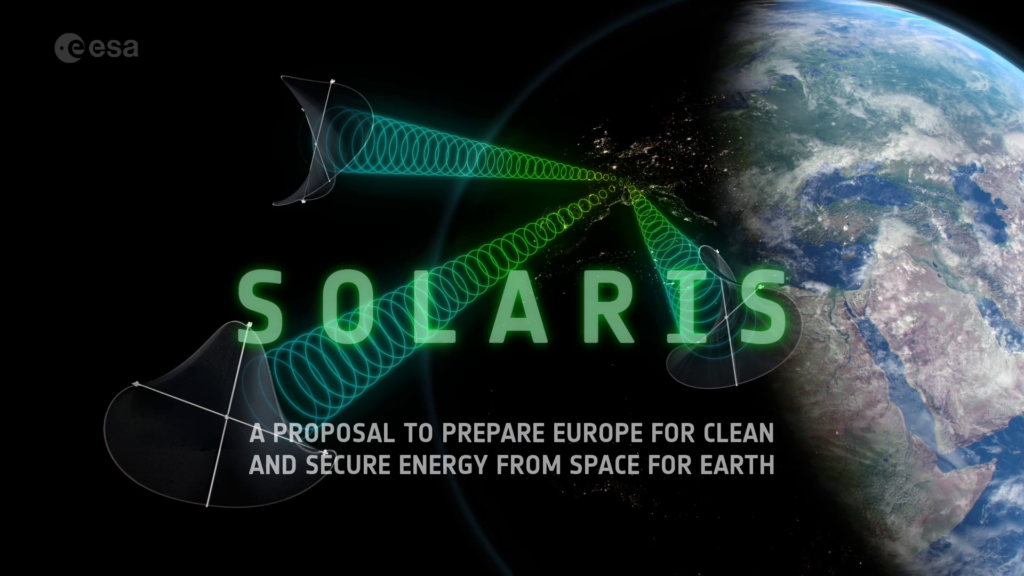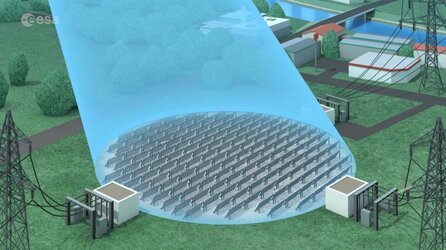Clouds will periodically stand in the way of solar panels whether you cover deserts, parking lots, canals, or even bright lakes—and then sun must set every day. No problem, says the European Space Agency (ESA): Just put the solar arrays in space.

Solaris is a new experimental initiative launched by European Space Agency that intends to determine if it is technologically and economically viable to launch solar structures into orbit, utilize them to capture the sun’s power, and transfer energy to the earth. If this notion is realized, Solaris might begin producing continuous space-based electricity by the 2030s. It might eventually account for 10 to 15% of Europe’s energy consumption.

Continuous clean energy sources are urgently needed. Renewable power, unlike fossil fuel and nuclear electricity, are intermittent—even the sunniest solar farms remain idle the majority of the time. Massive amounts of renewable energy cannot be stored until battery technology improve.
Space solar panels, on the other hand, might provide power more than 99 percent of the time. (The Earth would be squarely between the sun and the array the remaining 1% of the time, obstructing the light.) The program is categorized as “preparatory,” which means that the ESA has completed a pilot study but is not yet ready for full-scale development.

It proposes creating an in-orbit demonstration of the technology in 2030, launching it in 2030, developing a tiny prototype of a space power plant in the mid-2030s, and then drastically expanding it up. For the time being, ESA researchers will investigate what it would take to robotically install the modules of a big solar array, such as when in geostationary orbit at a height of around 22,000 miles. In this manner, regardless of Earth’s rotation, the building would remain continually above a specific location on the ground.
To move the project further, the team must prove by 2025 that it is actually viable to create cost-effective space-based solar.

But there’s another problem: how do you get all that energy to the power grid? the answer: converting the electricity to microwave radiation is the way to go. Those waves would seamlessly pass through the atmosphere without much energy loss.
Still, if it succeeds and solar panels are circling and supplying gigawatts of electricity to the earth within a few of decades, it may pay out handsomely. It could supplement other forms of clean energy and be part of a solution to climate change—and it is far closer to becoming a reality than industrializing fusion energy.
Reference- The Verge, Interesting Engineering, Popular Science, VOX, Wired






